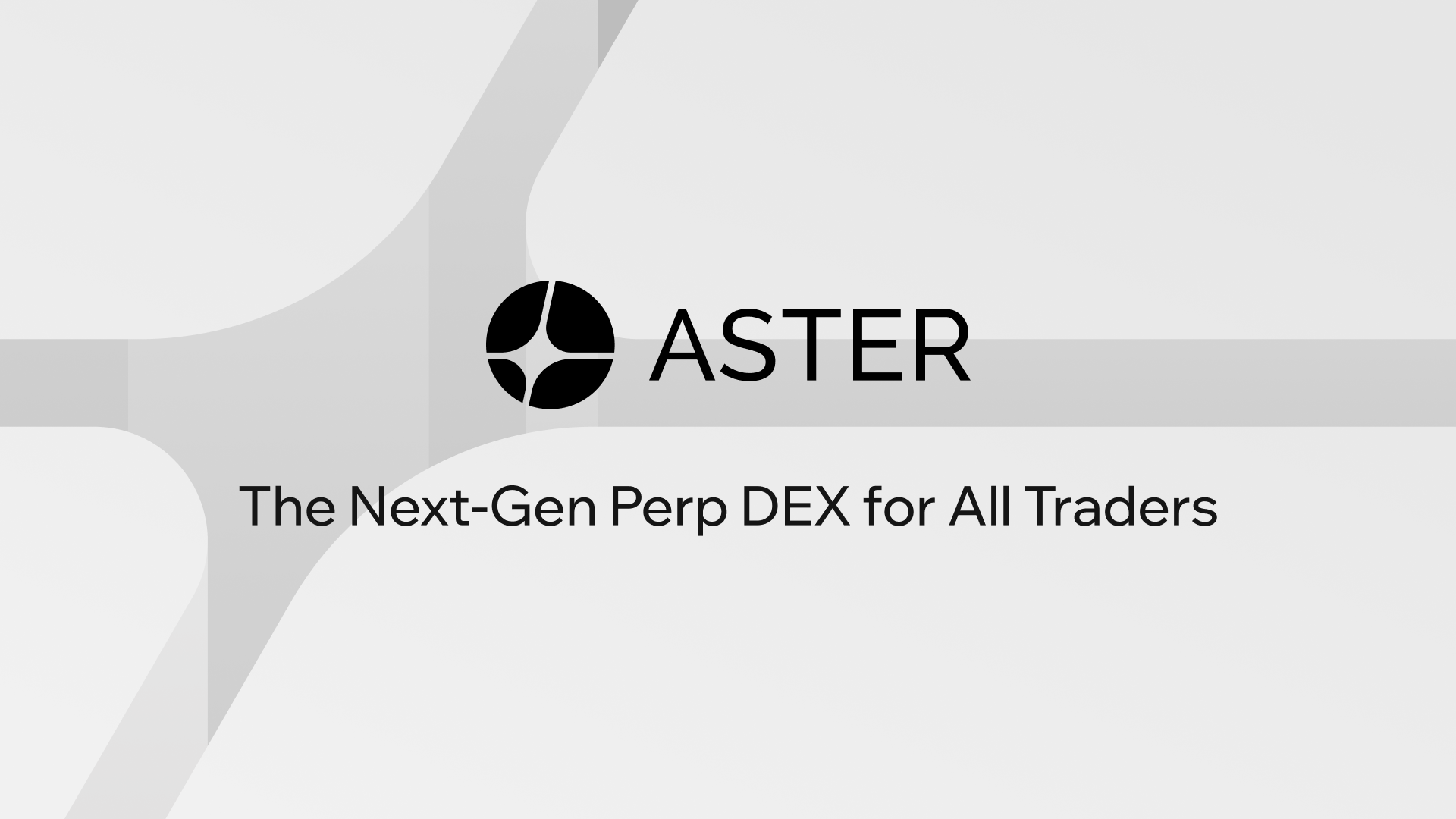Whoa! The first time I hopped into Polkadot-based yield farming I felt a jolt — low fees, fast finality, and an ecosystem that didn’t smell like an echo chamber. My instinct said: this could be a real game-changer for DeFi traders tired of Ethereum gas shocks. At the same time I was cautious; DeFi is messy, and new tooling often hides trade-offs. Still, the practical upside is tangible when you pair efficient token swaps with thoughtfully designed yield strategies.
Seriously? Yes. Here’s the thing. Polkadot’s architecture, with its relay chain and parachains, makes for cheap cross-chain liquidity moves in ways that are increasingly attractive to active traders. Fast swaps mean less slippage and fewer failed transactions. Low fees let you iterate strategies — small rebalances make sense, not just one-and-done bets. That changes the math for yield farming: opportunities that were once uneconomical on high-fee chains suddenly become viable.
Okay, so check this out — there are three practical angles that matter most for someone in the trenches: execution cost, liquidity depth, and composability of strategies. Execution cost is obvious. Liquidity depth is less obvious because liquidity on Polkadot can be fragmented across parachains and bridges, which means smart aggregation or dex routing matters. Composability is the secret sauce — if your LP positions, staking flows, and incentive tokens can be combined without expensive hops, your APR calculations start to look way different. I’m biased, but that part excites me.
My first rule of thumb is simple: smaller, faster trades beat fewer, bigger bets when fees are tiny. This lets you capture micro-arbitrage and rebalance frequently without watching fees eat your gains. On one hand, that increases active management burden. On the other hand, it opens up alpha that was previously gated by cost. Initially I thought that more trades meant more stress, but then I realized the opportunity to compound small edge plays was actually freeing — you can scale risk more granularly.
Hmm… there are caveats. Liquidity fragmentation can create hidden slippage. Bridges still carry counterparty and smart-contract risk. Not every parachain token will have deep pools. So you need routing that looks across pools and chains, and protocols that let you swap with predictable cost. That’s why a DEX that focuses on cross-parachain routing and low overhead is worth scouting.

How token swaps and yield farming interact — a practical lens
Think of token swaps as plumbing. If the pipes are clogged or leaky, your yield farm overflows into the street. But if the plumbing is efficient, water flows where you need it. On Polkadot, the plumbing model is different: it’s designed to be extensible. So swaps that used to require a long chain of hops can become single-step moves with the right router. That reduces effective slippage and opens up farming strategies that rely on frequent rebalancing.
Here’s what bugs me about naive APY chases: people look only at headline APR and ignore swap costs, impermanent loss dynamics, and reward token liquidity. I’ll be honest — I used to chase high APR pools without thinking through the exit. Then I had to convert my reward tokens back to stablecoins during a dip and somethin’ felt off — the fees and slippage burned half the returns. Lesson learned: plan both ingress and egress costs.
So when evaluating a Polkadot DEX for yield strategies, ask three quick questions: how good is their routing? can the DEX aggregate liquidity across parachains reliably? and how transparent are the fee models? If you see a dex that nails cross-parachain swaps with deterministic low costs, you can design farms that rebalance daily or weekly without killing P&L. That predictability matters.
Now, you might be wondering about the role of incentive tokens. Incentives are useful, but they’re only worth chasing when the reward token has on-chain swapping pathways and decent depth. A reward token that sits on a single parachain with poor bridges is illiquid — and illiquid is toxic to active strategies. On the flip side, well-integrated incentives can meaningfully boost yield without leverage.
Something else — front-running and miner-extractable value are less severe on some Polkadot setups, though not gone. So protocol-level protections like time-weighted averages and batched swaps still matter. These guardrails let you execute without worrying that bots will skim your returns every time you rebalance. That matters to traders who run frequent auto-strategies.
Where to look — practical toolset and mindset
Start with low-friction swaps. Try routing a bunch of small test trades and watch slippage across different pairs. Seriously — do a dry run with tiny amounts. See how routing chooses pools, and how fees scale. Next, map out reward flows: are you receiving commingled tokens? Will converting rewards require multiple hops? If yes, your net APR will be lower than advertised.
Use analytics to estimate effective yield after all costs — not just protocol fees but swap slippage and bridging overhead. There are on-chain dashboards and portfolio tools that help, but don’t trust a single number blindly. On one occasion I relied on a historical APR chart and got burned when liquidity moved elsewhere. Live checks are worth the time — very very worth it.
For traders who want a smoother entry point, check DEXs that explicitly advertise cross-parachain efficiency and clear fee models. One site I found helpful while researching is the aster dex official site, which lays out routing logic and fee transparency in a straightforward way. That transparency helps you model returns with fewer surprises.
On risk management: size positions relative to the pool depth and your tolerance for IL. Keep some rewards unconverted as an experiment. If a reward token appreciates, you don’t want to have sold all of it at a bad rate. And if the market dives, having some stable exposure cushions your drawdowns. It’s basic, but traders forget basic sometimes…
Common questions traders ask
Can Polkadot yield farming beat Ethereum strategies after fees?
Short answer: yes, in many cases. Lower swap fees and faster finality let you execute more often and avoid catastrophic gas drains, so strategies that were marginal on Ethereum can be profitable on Polkadot. Though results depend on liquidity, token distribution, and routing quality.
How do I avoid getting trapped in illiquid reward tokens?
Check token listings across parachains, test small conversions, and favor farms that pay rewards in widely bridged or multi-parachain tokens. If rewards are exotic, model exit pathways before committing capital.
I’m not 100% sure about every future twist. New bridges, rollups, and AMM designs will change the landscape. On one hand, that uncertainty is unsettling. Though actually — it’s also the reason I stay involved. New primitives mean new edges for traders who adapt. Keep experimenting. Keep fees low where you can. And remember: yield farming isn’t a sprint; it’s a series of small, well-timed moves.


